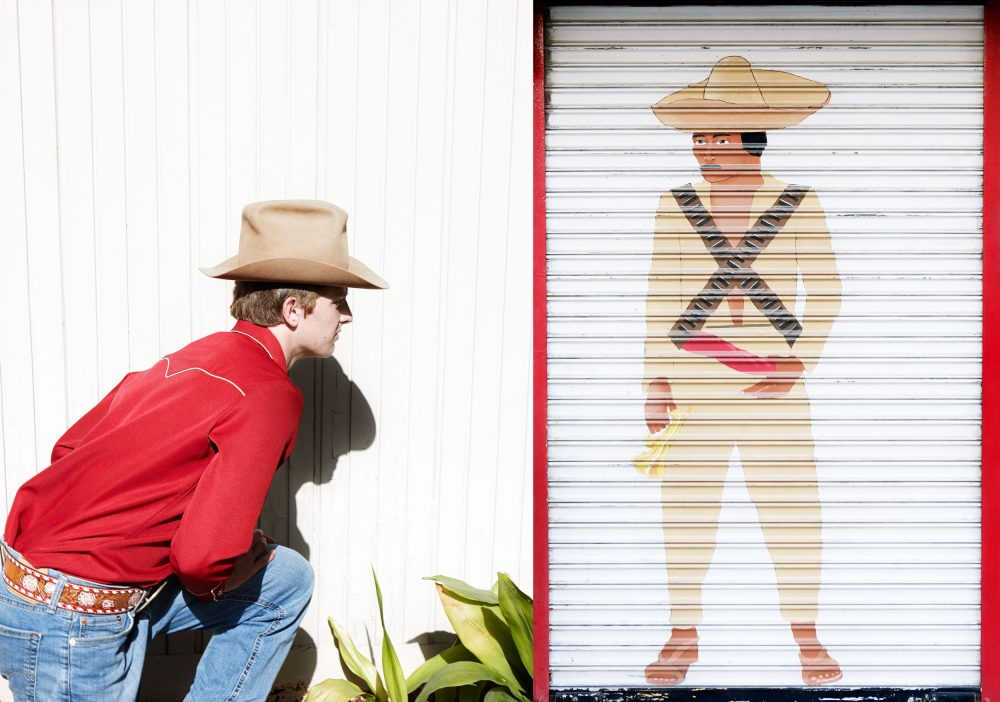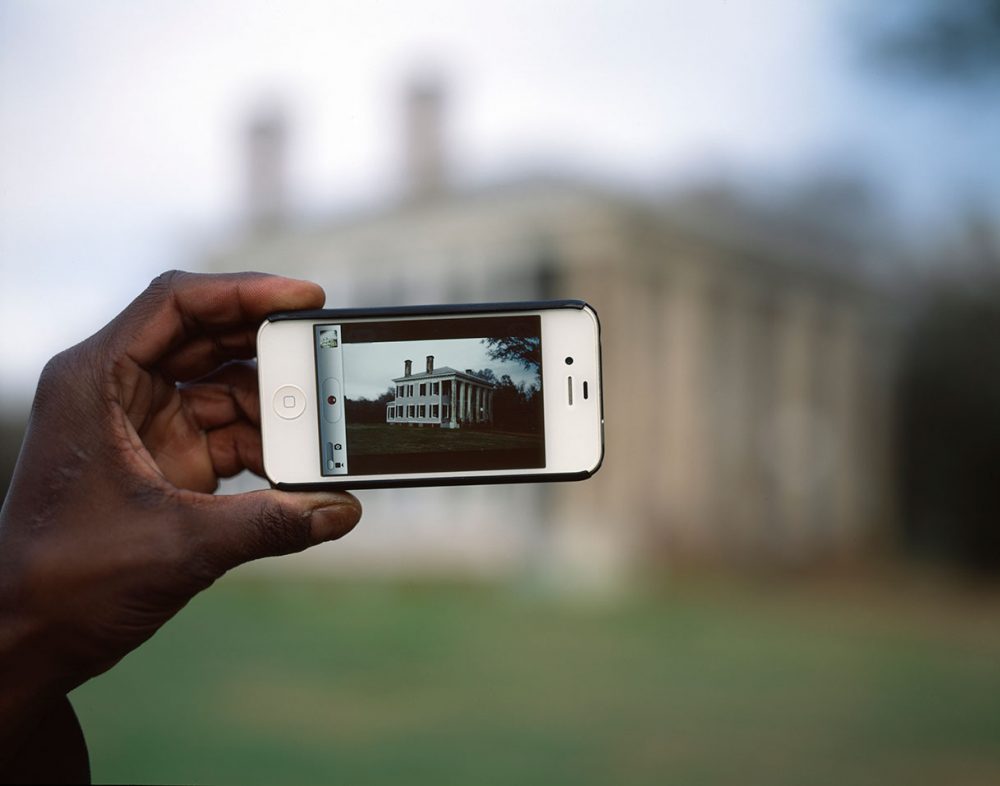Revised Mythologies: “New Southern Photography” at the Ogden Museum of Southern Art
Marjorie Rawle considers how an exhibition at the Ogden Museum of Southern Art questions the ways we perceive regional histories.

Nancy Newberry, Untitled, 2016. Archival pigment print. Courtesy the artist.
Whether we care to admit it or not, societies are built on myths. Some go widely undetected as such through the passage of centuries and generations—like American democracy, freedom, and individualism—but they are myths nonetheless, cultivated and engrained by our respective cultures in the name of common ideals. What does it mean, then, to make new myths, ones to replace the old ones that no longer serve and that even endanger us? “New Southern Photography” at the Ogden Museum of Southern Art poses this question as it maps a network of re-envisionings of a region with a long history of mythologizing: the American South.
Citing photographers like William Eggleston, William Christenberry, and Sally Mann as creators and propagators of a bucolic “Southernization” in contemporary photography, “New Southern Photography” seeks to overthrow this homogenizing aesthetic in order to reveal the rich diversity both of the region itself and in the art made in and about it. This is not to say that echoes of the dream-like quality of these canonical photographs are not felt in the exhibition; most of the works on view retain the same atmospheric allure that has come to define this lineage of Southern photography. The electric color palette of Nancy Newberry’s costumed actors, the sensuous texture of Christa Blackwood’s encaustic photogravure landscapes, and the eerie luminance of work by Andrew Moore, Maury Gortemiller, and John Chiara all transport the viewer into lush environs that recall the enchanted realms of Mann and Eggleston.

RaMell Ross, iHome, 2012. Archival pigment print. Courtesy the artist.
What is different here, however, is what curator Richard McCabe calls the presence of a “postmodern” angle—an awareness of the romanticism of the South and a willingness to interrogate its validity using the same visual tools that cultivated the idealized image in the first place. Rather than eliding realities like petrochemical pollution, racial oppression, and redlining, artists like David Emitt Adams, RaMell Ross, and Celestia Morgan craft spectacular images that make these issues present—Adams’ use of 55-gallon oil-drum lids for image surfaces, Ross’ foregrounding of black bodies in Hale County, Alabama, or Morgan’s exploration of abstract and discriminatory urban-planning policies that cause and perpetuate blight in communities.
The driving force of the exhibition is a probing of narrative and truth in a region with a complex relationship to these concepts. Each of the 25 artists offers a series of photographs, rather than a lone image, resulting in a complex web of connected stories that divulge something about their subjects. Perhaps more specific than a “postmodern” approach, there is a collective effort to draw out the innumerable nuances of the American South today, leaving behind a singular, romanticized view in favor of a divergent multitude of new lenses.
Editor's Note
“New Southern Photography” is on view through March 10, 2019, at the Ogden Museum of Southern Art (925 Camp Street) in New Orleans.



